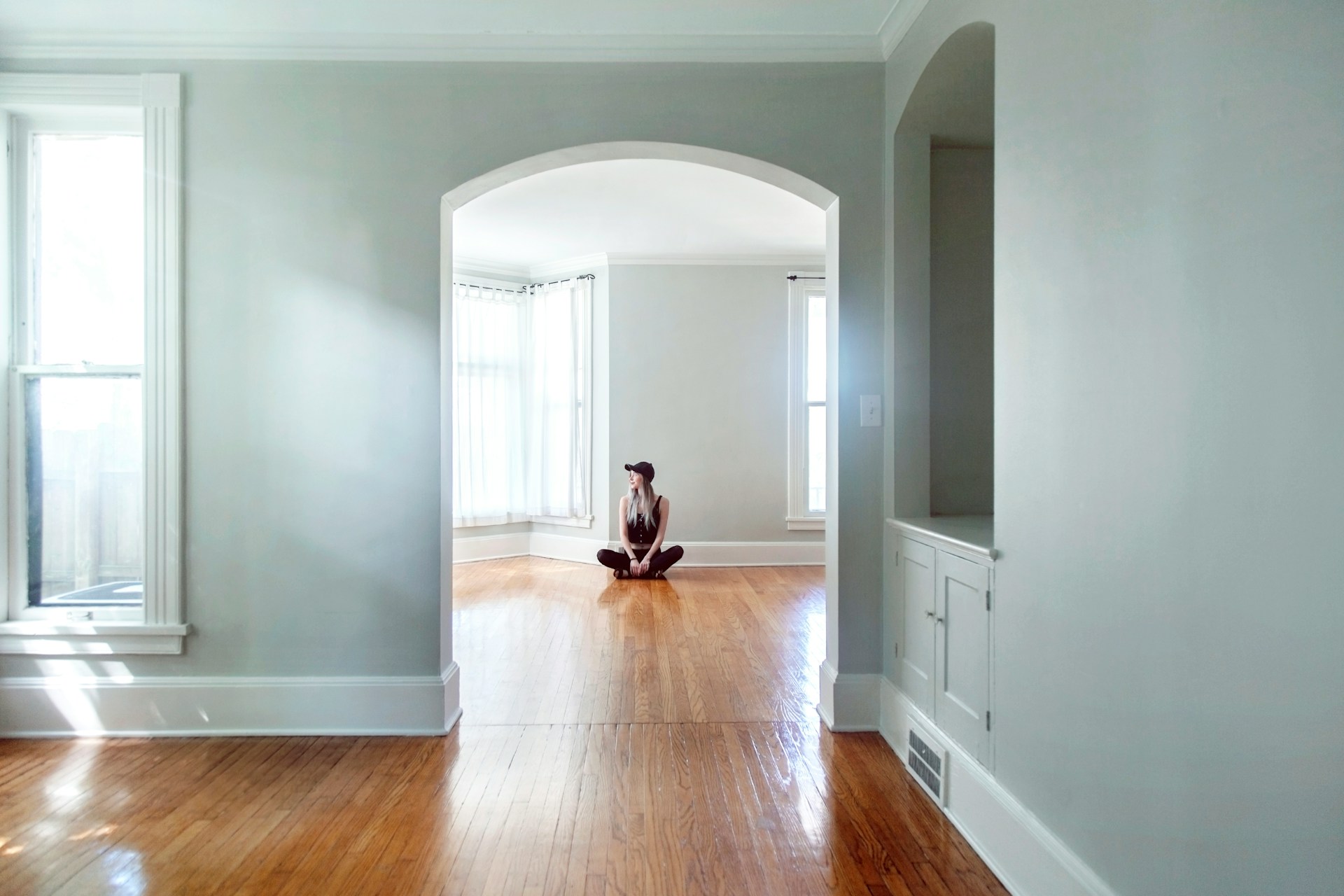Having a disability is an everyday challenge. A way to improve the quality of life for someone with a disability is by creating changes and modifications throughout the house to adapt to the disability of the person.
From moving around in a wheelchair to a visual disability, every disability requires specific modifications to improve the quality of life at home. In this Q&A with the experts, we addressed different disabilities and ask important questions to improve the lives of people at home.
Keep on reading and discover what these experts have to say.
Vision Impairment
What are some practical tools that blind people should have in their kitchen?
“Talking appliances i.e. talking induction, talking weighing scale and tactile/color-coded measuring cups and spoons.”
– Aaron Yeoh | Enabling Village
What are minor changes that can be modified in a home and provide a big difference for people with vision loss?
What are some important safety measures that should be in place in a home for someone with a visual disability?
“There is a long list of safety measures in a home that will help people with visual impairment. Some of these measures include –
1) Keep color contrast between background and the object of requirement. For example, towels should be of contrasting colors from the wall color.
2) Walkways should also be of contrasting color than the sideways. It would be great to use tactile tiles on the floor to guide the person with visual impairment.
3) Home should be well-lit but the lighting must be glare-free. Use of light softening shades over bulbs is recommended.
4) Bathroom should have anti-skid flooring.
5) Entrances should be ideally barrier-free. People with a visual impairment might accidentally stumble upon such barriers.
6) Electrical wires should be neatly and safely covered and out-of-the-way.
7) Stairs should have side rails, which should extend a couple of feet beyond the end of the stairs.
8) Bathroom should have grab bars. Such bars will not only help guide a person with visual impairment but also give them more confidence while taking steps inside the bathroom.
9) Edges of carpet should be taped down to avoid tripping and falling.
10) Kitchen necessarily needs to be marked with a tactile assistance system.”
Lalit Kumar | We Capable
What are some modifications and/or gadgets that could help someone with hearing loss to improve their quality of life at home?
Physical Disability
What door width is needed to accommodate a motorized wheelchair?
“It is recommended by the ADA to have a minimum of 32” for door openings. As the maker of the narrowest standing power chair, our wheel-base is just 23” wide and you’d typically want to add an inch on each side for the most natural armrest placement, so a door opening of 26” would allow passing. With a manual chair, you’d need to add more space on each side of the chair to allow the hands and arms room to propel the chair through the opening. So, a 30” or wider opening is always preferred when possible to allow the user greater freedom throughout the home.”
– Ren Caldwell | Redman Power Chair
What’s the most important consideration before making a wheelchair accessibility modification?
“According to our readers, the most important consideration before making a wheelchair accessibility modification is how will the users’ physical condition change over time and how will the modification itself need to adapt with the changing physical condition of the user.
Thus wheelchair accessibility modifications need to keep in mind, the evolving physical condition and strength of their users.
Hearing Loss
What are the biggest challenges people with severe hearing loss face at home, and what are some ways to help?
Biggest Challenges:
1. Risk of Dementia: There is a correlation between hearing loss and dementia. Limiting social and intellectual engagement, resulting from untreated hearing loss, can be part of the reason for physical and mental decline. Additionally, when the auditory cortex (the area of our brain that is devoted to hearing) is not being used, it becomes “reassigned” to other functions of our brain, meaning this area becomes smaller and weaker, and thus reduces its ability to process sound; this can then lead to cerebral atrophy or shrinkage of the brain mass, which in turn can also lead to cognitive decline.
2. Increased Hospitalizations: Older adults with hearing loss are 32% more likely than peers with normal hearing to require hospitalization, according to the results of a study completed by experts at John Hopkins. Hearing loss can have a detrimental effect on physical and mental well-being, including problems with balance.
3. Lack of Safety: Severe hearing loss, left untreated, comes decreased awareness of an individual’s surroundings. Unawareness of the doorbell or knocking, fire and appliance alarms, traffic, or individuals in the home, can lead to dangerous circumstances.
Solutions:
· Treat Your Hearing Loss: Treating hearing loss provides more awareness, is a preventative risk factor against dementia, and can slow the inevitable progression of hearing loss. This can be done by a variety of devices; speak to your local audiologist about what would be appropriate for your lifestyle and hearing loss.
· Use Effective Communication Strategies: Devices will improve communication and awareness significantly. However, they are not a “fix” by themselves. It’s also important to use effective communication strategies.
Strategies to Ensure Effective Communication:
1. Turn Off Background Noise: If you’re speaking to an individual with hearing loss, clearly and in a quiet room, it is much easier for them to process what was said because there are not competing sounds they must filter out. So, turn off or down background noise, or move to a quieter area.
2. Get Face to Face: Visual cues, such as facial expressions and gestures, help fill in any gaps. Face the individual with hearing loss and speak on the same level with good lighting when possible. Do not try speaking from the other room, or put your hands over your mouth.
3. Speak Naturally and Distinctly: Yelling distorts speech and makes it harder to lip read. Speak slowly, clearly, and enunciate your words. Additionally, eating, drinking, or smoking – while talking – makes it difficult to lip read as well.
4. Say Their Name: Saying the individuals name first, before speaking, gives them a chance to change focus and catch every part of the conversation.
5. Repeat. Then Reword: Each hearing loss is unique. Some words and sounds are harder to understand than others. If the individual with hearing loss did not understand you,
repeat the question or statement once. If they still cannot understand it, rather than yelling it a third time, reword the statement or direction.
6. Recap Specific Information: When providing specific information – time, place, phone numbers, addresses, etc. – have them repeat this information back to verify they heard you correctly. Writing down important information can help ensure this as well.
7. Be Patient: It can be frustrating to repeat yourself, and it can be frustrating to not understand what everyone is saying – be patient with yourself and others.



